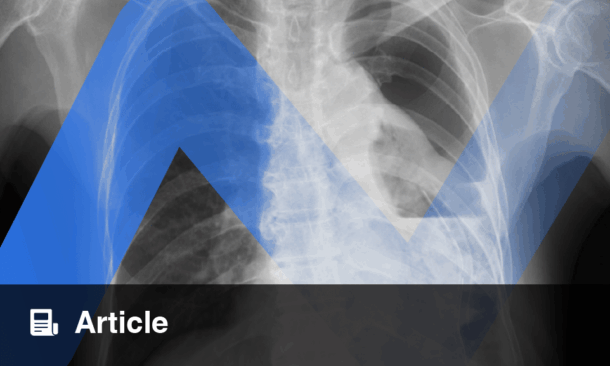A new study has revealed how subtle oxidative modifications of proteins fine-tune cell division and determine how cells respond to stress, with implications for cancer biology and aging research.
Using advanced redox proteomics, scientists mapped protein oxidation events, specifically S-sulfenylation of cysteines, across the cell cycle. Surprisingly, while reactive oxygen species (ROS) levels increase during cell cycle progression, global protein oxidation remained stable. Instead, oxidation was confined to select residues, highlighting previously hidden layers of cell cycle regulation.
One key discovery was the identification of a redox-sensitive cysteine, C41, in the cyclin-dependent kinase inhibitor p21, a pivotal regulator of proliferation. In the G2 phase, oxidation of C41 controls p21’s interaction with CDK2 and CDK4, forming a feedback loop that determines how long p21 persists in the cell.
When C41 oxidation was disrupted, p21 became more stable, accumulating in daughter cells. This led to reduced proliferation and made cells more prone to senescence, particularly after irradiation-induced stress. The finding suggests that p21’s susceptibility to oxidation acts as a molecular switch, balancing cell division and growth arrest depending on cellular conditions.
Beyond p21, the team identified additional cell cycle regulators undergoing dynamic S-sulfenylation, pointing to a broader mechanism coupling oxidative signals with division timing.
The research highlights how redox biology intersects with cell fate control, providing fresh insights into how cells maintain balance between growth and stress resistance, a mechanism that could be exploited in cancer therapy or regenerative medicine.
Helena Bradbury, EMJ
Reference
Vorhauser J et al. A redox switch in p21-CDK feedback during G2 phase controls the proliferation-cell cycle exit decision. Molecular Cell. 2025;85:1-15.








